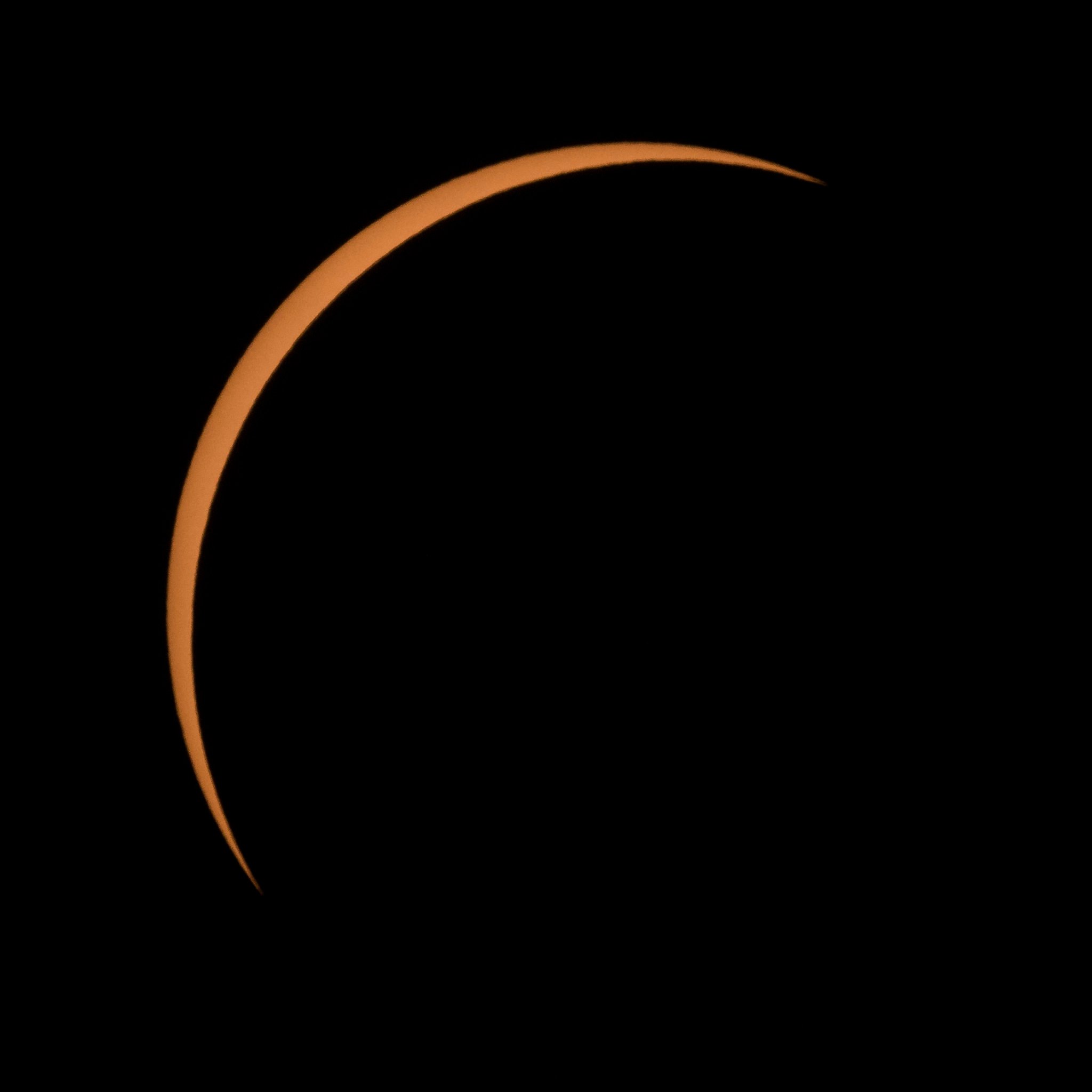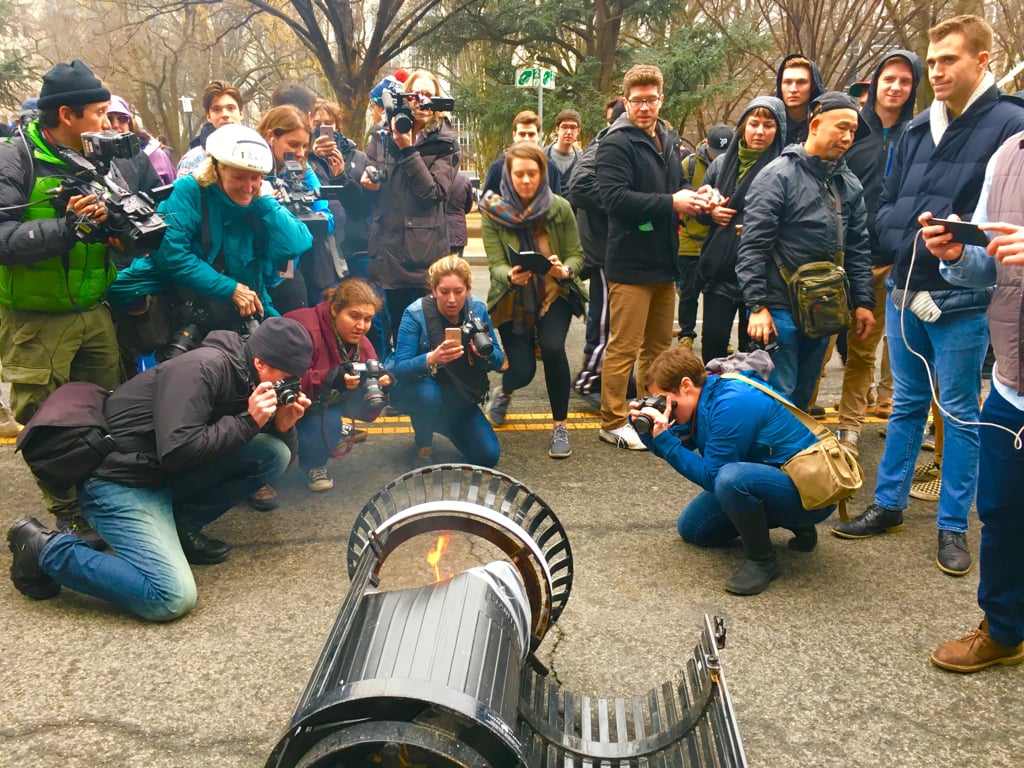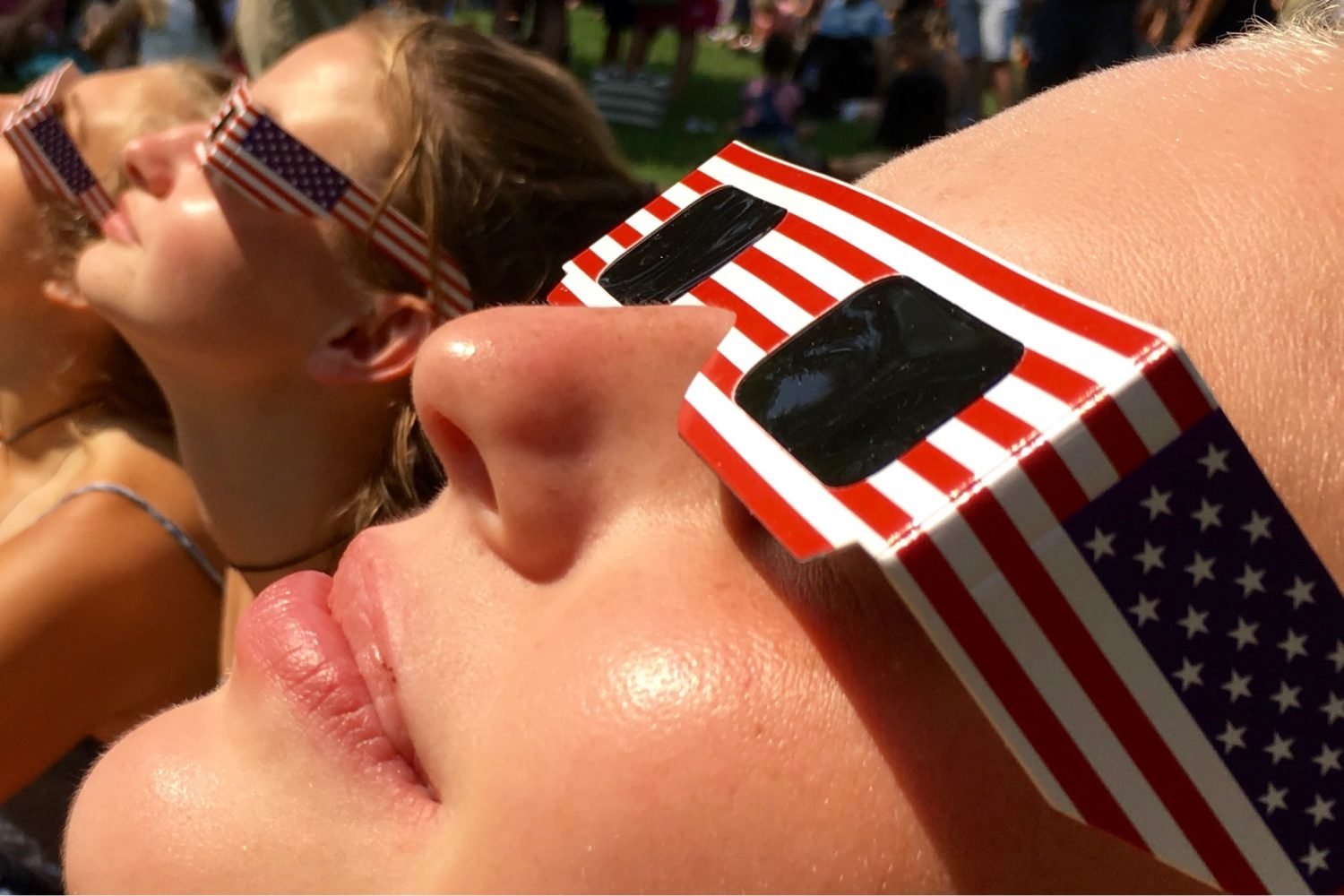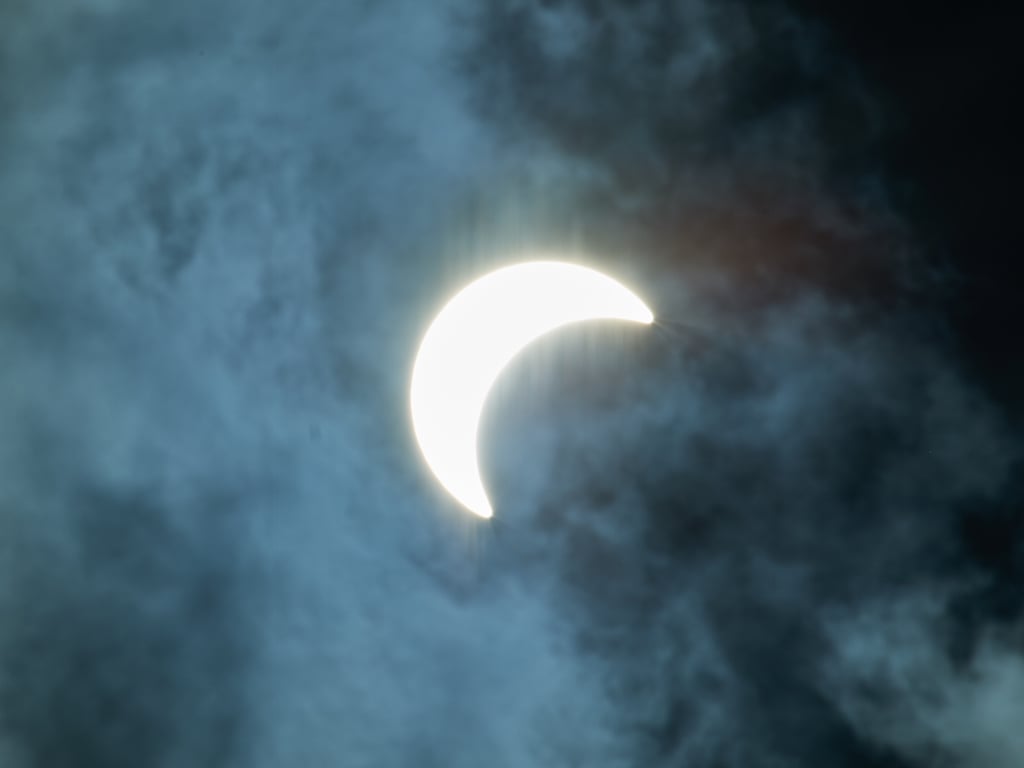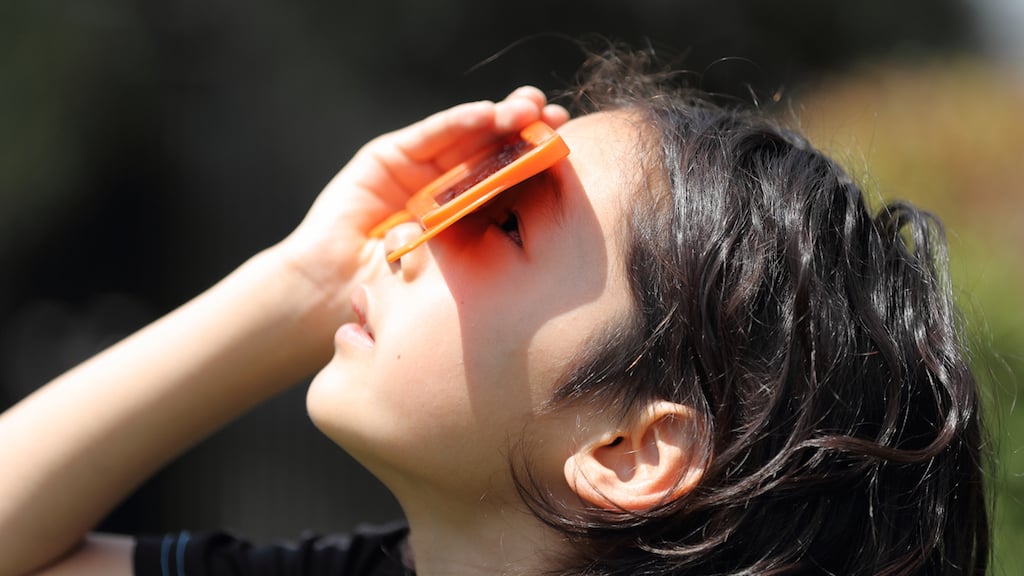A total solar eclipse will take place on Monday, April 8. Here’s everything you need to know for the solar event.
This post has been updated to include additional events and information.
What’s the deal with this eclipse?
On Monday, April 8, a total solar eclipse will pass through North America, which means the moon will completely cover the sun for a period of time, transforming day to night for a few minutes. The last time a total eclipse occurred in North America was August 2017, and the next such event will take place in August 2044.
“What makes it so unique is that the path of totality will be over the most amount of the American public ever,” says Kelly Korreck, NASA program manager for the 2024 eclipse. “So 31.5 million people are in the path of totality, and the contiguous 48 states as well as parts of Alaska and Hawaii will actually also get a partial eclipse.”
Can I see the total eclipse anywhere?
Sorry, but only the locations on the path of totality will get to experience the daylight darkness in full. What viewers in those places will see is the moon completely shift over the sun, plunging us into a false nighttime, save for wisps of the sun’s corona (the star’s outer atmosphere).
“Another special part of this eclipse is the sun is at maximum activity,” says Korreck. “If folks have seen prior eclipses, or pictures of prior eclipses, you sometimes see pink filaments coming off, fingers or tendrils that they look like. Those things are filaments or outpouring of these active regions. You should see more of this, more structure to the wispiness of the corona during this solar maximum time.”
Is DC in the path of totality?
Here’s the bad news: Washington is not in the path of totality, reaching only 87.3% lunar coverage. Still, that’s more than last year’s “ring of fire” eclipse, where the sun hit 29.7% obscuration.
“It’ll be more like an overcast day. The sun will be slightly dimmer—you will be needing to wear viewing glasses, if you are looking at the sun. You don’t have to do it in everyday life,” says Korreck. “The light will get a little longer and shadows a little sharper.”
Where should I travel to see the eclipse in totality?
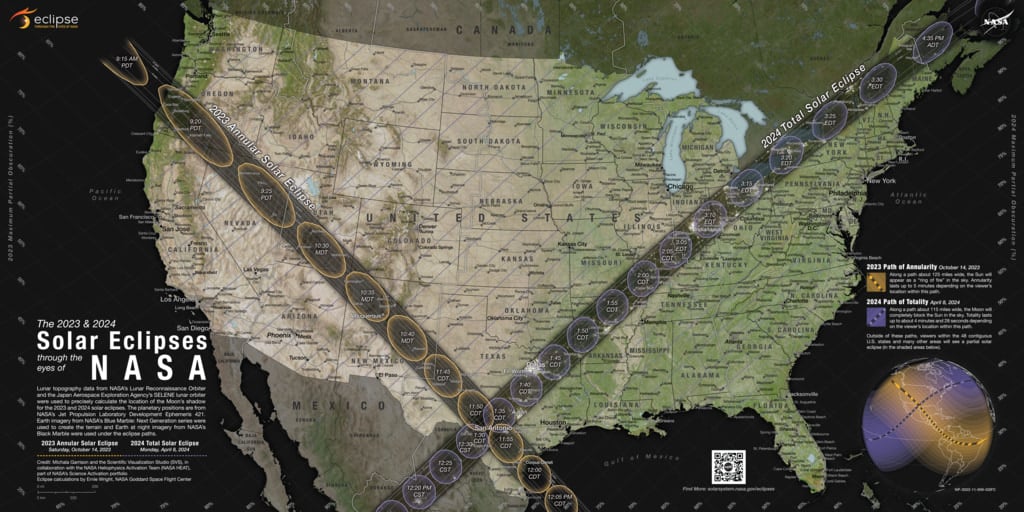
The closest places to DC to see the eclipse in totality are Erie, Pennsylvania and Cleveland, Ohio, both around a six hour drive away. Totality in Cleveland will last three minutes and 49 seconds, from 3:13 PM. In Erie, it’ll reach totality at 3:16 PM, running for three minutes and 42 seconds. Lodging is booking up fast (and prices are elevated due to the occasion), but you can still find hotels and campgrounds in Erie as well as open accommodations in Cleveland.
What time can I see the partial eclipse in DC?
The moon will start shifting over the sun at 2:04 PM, and we will hit peak partial eclipse at 3:20 PM. The eclipse ends at 4:32 PM.
What’s the forecast for eclipse day in DC?
According to Capital Weather Gang, there will be some clouds in the sky today. However, they shouldn’t keep people from being able to see the eclipse. Plus, mild temperatures make an afternoon outdoors more enjoyable.
Where can I watch the partial eclipse locally?
While you will not be able to see the eclipse reach totality around DC, there’s a few ways to celebrate the (partial) celestial event close to home.
Naturally, the National Air and Space Museum has a few events planned. There’s a celestial festival on the National Mall from 12 PM to 4 PM with telescopes and educational activities, plus an opportunity to peer at the phenomenon through telescopes at the Udvar-Hazy Center (14390 Air and Space Museum Pkwy., Chantilly) from 2 PM to 4 PM.
The observatory at Turner Farm (925 Springvale Rd., Great Falls) is holding an eclipse-watching event starting at 1:30 PM where people can learn more about the science behind the solar phenomena. Tickets are $10 and include a pair of eclipse glasses. A group viewing session with telescopes is also happening at Gateway Park (1300 Langston Blvd., Arlington) from 2 PM to 4 PM, as well as another at Observatory Park (100 Desellum Ave., Gaithersburg) from 2 PM to 4:30 PM. Both events offer solar glasses while supplies last. The University of Maryland is also hosting a viewing party in front of Martin Hall (4298 Campus Dr., College Park) from 1:30 PM to 4:30 PM.
For a free eclipse fête, head to Deck 11, the rooftop bar on Capitol Hill hotel Yotel Washington DC (415 New Jersey Ave., NW), for drinks, snacks, and eclipse glasses from 2 PM to 5 PM.
Where can I find eclipse glasses?
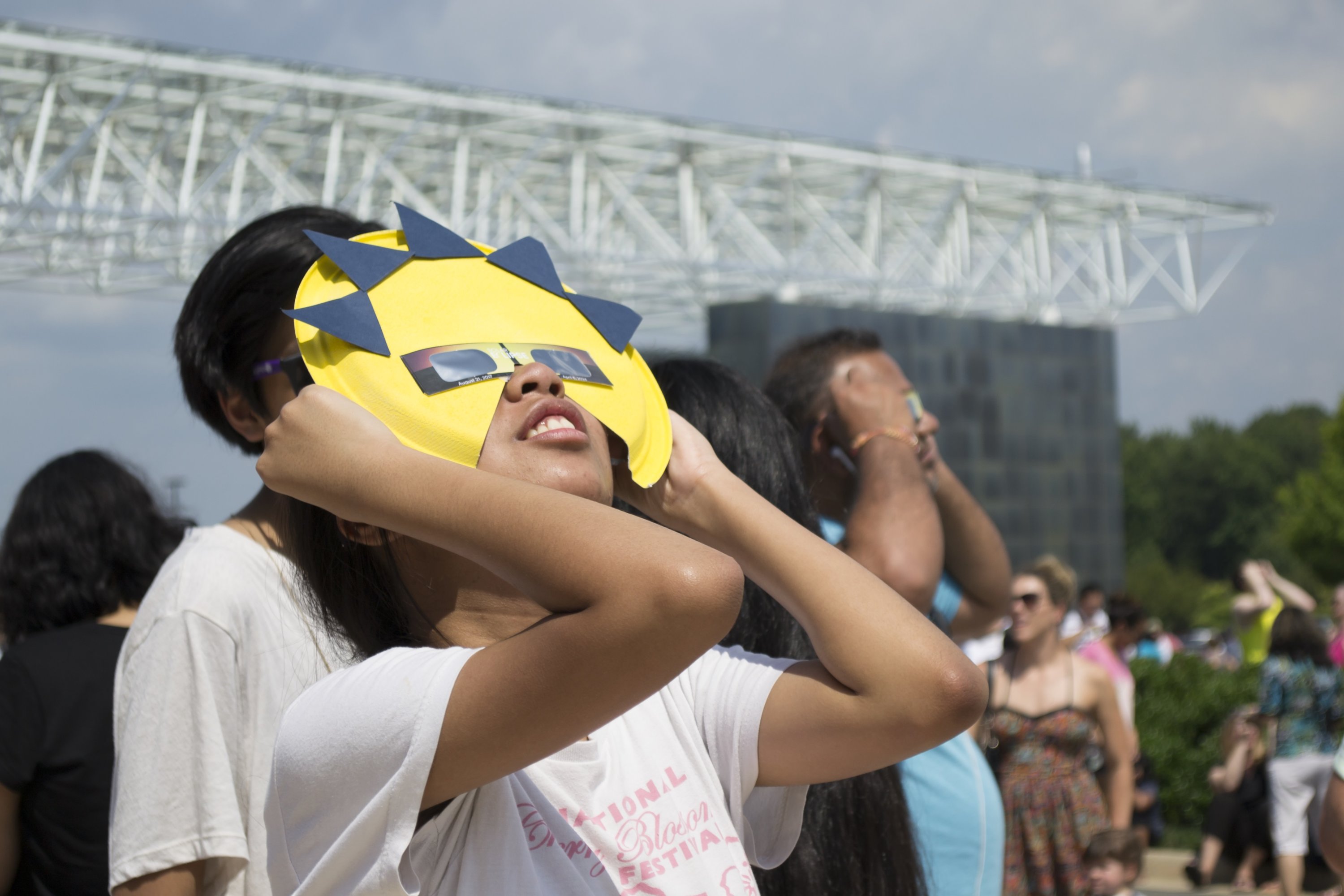
Starting at the end of the month, the Air and Space Museum and the Udvar-Hazy Center will pass out eclipse glasses. DC Public Library is distributing glasses at libraries around the city from April 1 to April 8 until they run out. You can also order a pair online from a company vetted by the American Astronomical Society. Both NASA and AAS stress that viewing glasses should meet the ISO 12312-2 international safety standard.
How else can I get involved on eclipse day?
NASA is running a series of crowd-sourced “citizen science” programs in honor of the occasion. The Eclipse Soundscapes Project encourages people to capture audio before, during, and after the eclipse. Korreck points to the animal kingdom as an example of how sound can capture the oddness of the solar event. “If you’re around roosters, roosters will go to bed, and then they’ll crow when the when the sun comes back,” says Korreck. “Things do think it’s nighttime, and then another dawn because of when the sun comes back.” Another project, SunSketcher, asks eclipse watchers to share photos of the moon over the sun on an app so researchers can create an image database to analyze.
What if I want to start celebrating early?
If you’re chomping at the lunar bit, you don’t need to wait until April 8 to start geeking out. On March 20, club DC9 (1940 9th St., NW) will host speakers to discuss the upcoming eclipse, plus trivia and free eclipse glasses. DCPL will hold film screenings through April 1 at the Martin Luther King Jr. Memorial Library (901 G St., NW) to celebrate the eclipse, showing space-themed movies such as the Martian and Arrival.
Air and Space Museum curator Samantha Thompson will speak about the eclipse experience during a talk at Shaw Neighborhood Library (1630 7th St., NW) on March 26, highlighting some of the logistical details such as how to safely look at the sun. Get a timed-entry pass to the Air and Space Museum on April 6 to partake in a kid-friendly eclipse prep day with educational programming.
“This isn’t something that you necessarily have to have a Ph.D. in, in order to understand and appreciate. It just sparks some curiosity,” says Korreck. “Humans are curious creatures, so let’s be curious about this.”

